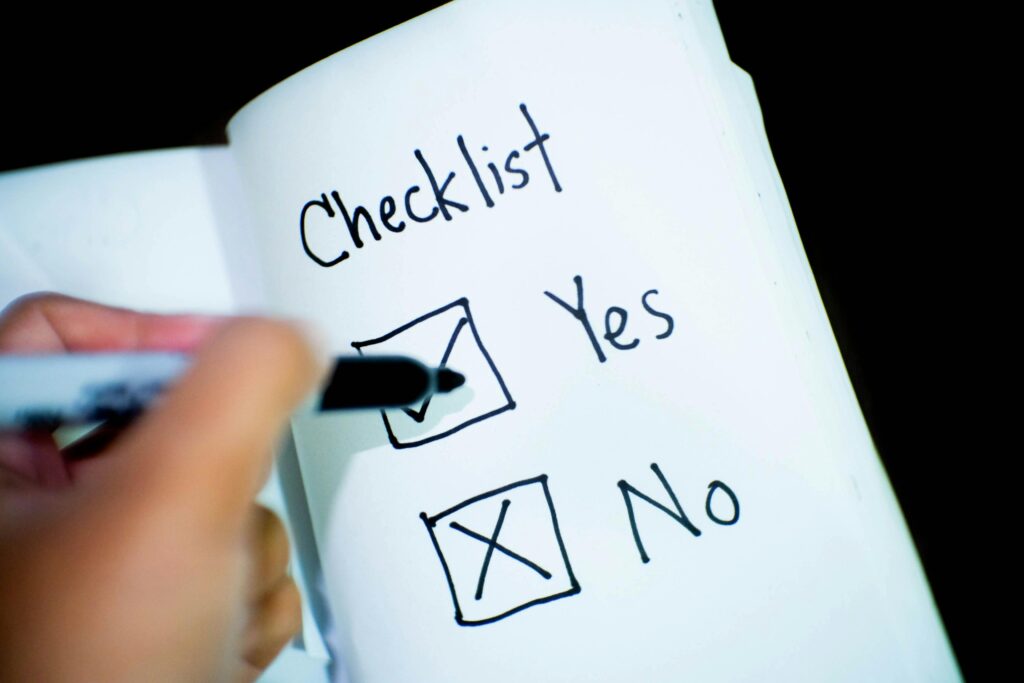
Starting beekeeping can feel overwhelming when it comes to gear. This checklist covers the essentials you actually need to get started, plus a few extras that are nice to have once you’re more comfortable in the hive. Everything here is based on what works in real beekeeping, not just what looks good online.
Protective Gear
Required:
Full bee suit – If you’re new, go with a full suit that includes a veil. It’s safer, keeps you confident, and prevents you from tapping out early due to unnecessary stings.
Pullover jacket – Lighter and cooler for quick checks or a simple task like adding feed to a feeder.
Veil – Having a separate veil is handy not only for you as you become more comfortable around bees, but for bystanders who may want to drop by and check out your hives while observing from a comfortable distance.
Gloves – Standard beekeeping gloves or nitrile gloves. I recommend buying them a size smaller if you are going with standard beekeeping gloves. You’ll want them to be very snug so that you don’t crush little bees under your fingers and so that there is not excess glove to become stuck to propolis. (you’ll know what I mean about this soon enough). 😂
Hive Tool
Required:
A hive tool (standard style) or J-hook style – pick whichever works best for you.
Note: The J-hook is great for lifting frames but be certain to loosen the frame side to side first. Otherwise, in hives that produce a lot of propolis, you can run the risk of actually ripping the top bar right off of the frame.
Smoker
Required:
Smoker – must-have for nearly every inspection.
Two quality levels:
- Consumer-grade: thin wooden bellows that usually fall apart after a couple of years (especially if left outside)
- Professional-grade: heavy-duty bellows made from weather-resistant materials that last much longer.
Fuel Options:
The important thing to remember here is that you want no synthetic materials, dyes, accelerants, or anything else to be a part of your smoker fuel. Keeping a smoker lit is just like a campfire. You want small pieces of fuel to get it started and larger pieces to keep it going.
- Small dry sticks
- Straw or hay
- Purchased pellets – These work well but can be a little expensive.
Hive Components
Required:
Full Bee Castle hive setup – This is a complete kit with everything you need to get started.
Includes:
- Bottom board (see below)
- Deep hive bodies (for brood)
- Medium supers (for honey storage)
- Frames (must include foundation or starter strips)
- Inner cover (can be solid or cloth)
- Outer cover (can be telescoping cover or migratory cover)
Bottom Board Notes:
- Choose between screened or solid (or use both)
- Recommendation: Go with a solid board unless you have a reason not to
- If you use a screened board and want to leave it on year round, be sure to insert a thin board into the IPM rails underneath to reduce excess cool air from entering the hive.
Optional or Situational:
- Queen excluder (only mandatory if you’re running a single brood box setup or to keep the queen out of certain areas)
- Entrance reducer (use year-round; a 3″ opening is sufficient)
- Frame rack (hangs off the side of the hive during inspections and is extremely helpful)
- Frame spacers (IMO these are not necessary. Just eyeball it. Nobody is going to show up and your house and issue a citation because your frames are not evenly spaced).
Feeders
Options:
- Top feeder
- Frame feeder
- Jar feeder
- Baggie feeder
- Open feeder (placed away from hives)
Not Recommended:
- Entrance feeders (also called boardman feeders; they can encourage robbing)
Useful Extras
Optional but Handy:
- Nuc boxes (for splits, transporting swarms, or holding queens)
- Permanent wooden versions
- Foldable cardboard versions for swarms and general transport
- Queen cages (for safely isolating queens during inspections, transport, or requeening)
- Bee brush (for brushing bees off frames during honey frame removal prior to extraction or when managing queen cells coming out of cell builders)
- Hardware cloth
- #8 hardware cloth – used for ventilation, blocking bee access
- #2 hardware cloth – used for allowing bees to pass through, but not larger pests. Often used for mouse guards
- Digital recorder or inspection log system (for tracking hive progress without having to take notes with gloved hands)
Honey Harvesting Gear (For Year Two or Beyond)
Optional:
- Uncapping knife
- Decapping tool
- Food grade honey bucket with gate
- Manual or electric extractor (I recommend saving up or going in with friends on a motorized extractor).
- Strainers and filters
Final Thoughts
You don’t need to buy everything on this list at once. Start with the basics, build your skills, and invest in the extras when the time comes. But some items like a smoker, a hive tool, and a good suit are non-negotiable if you want to do this safely and successfully.
Related Posts:
- Top 10 Beekeeping Supplies I Actually Use
- How Much Does Beekeeping Really Cost?
- Packages vs Nucs – Which One is Right for Me?